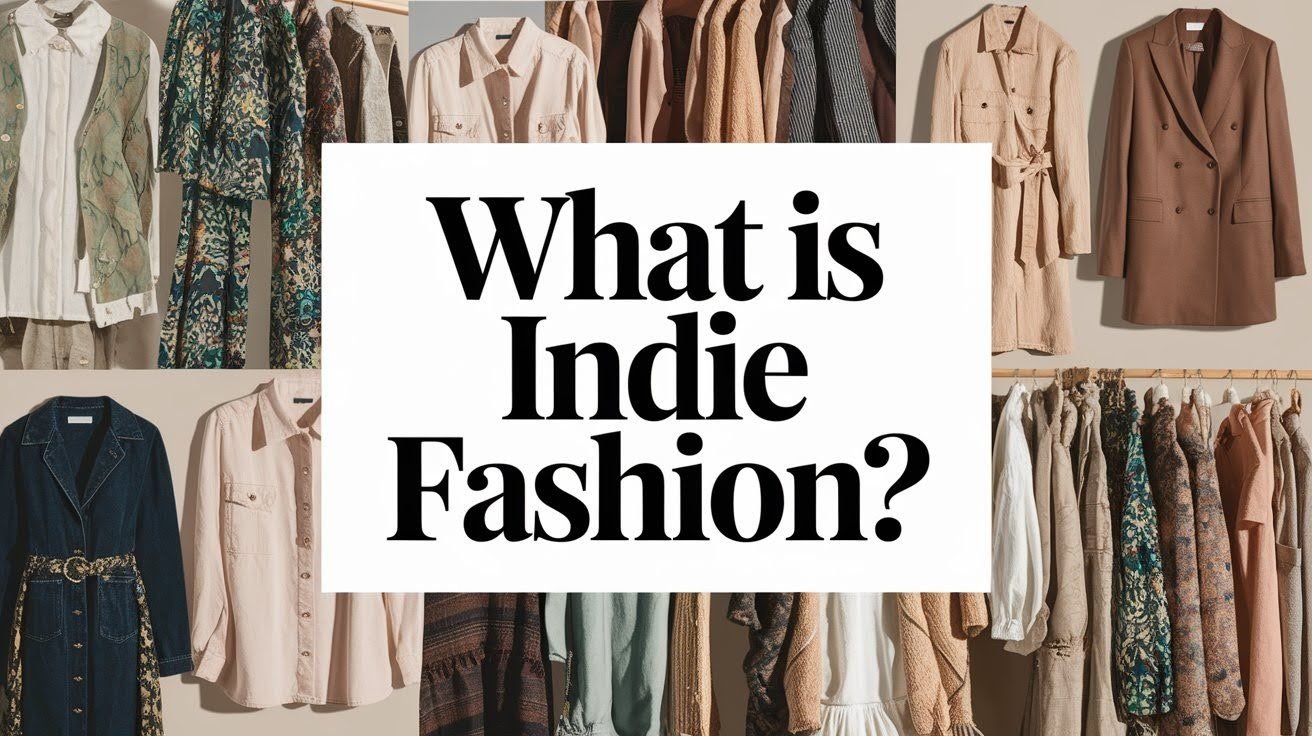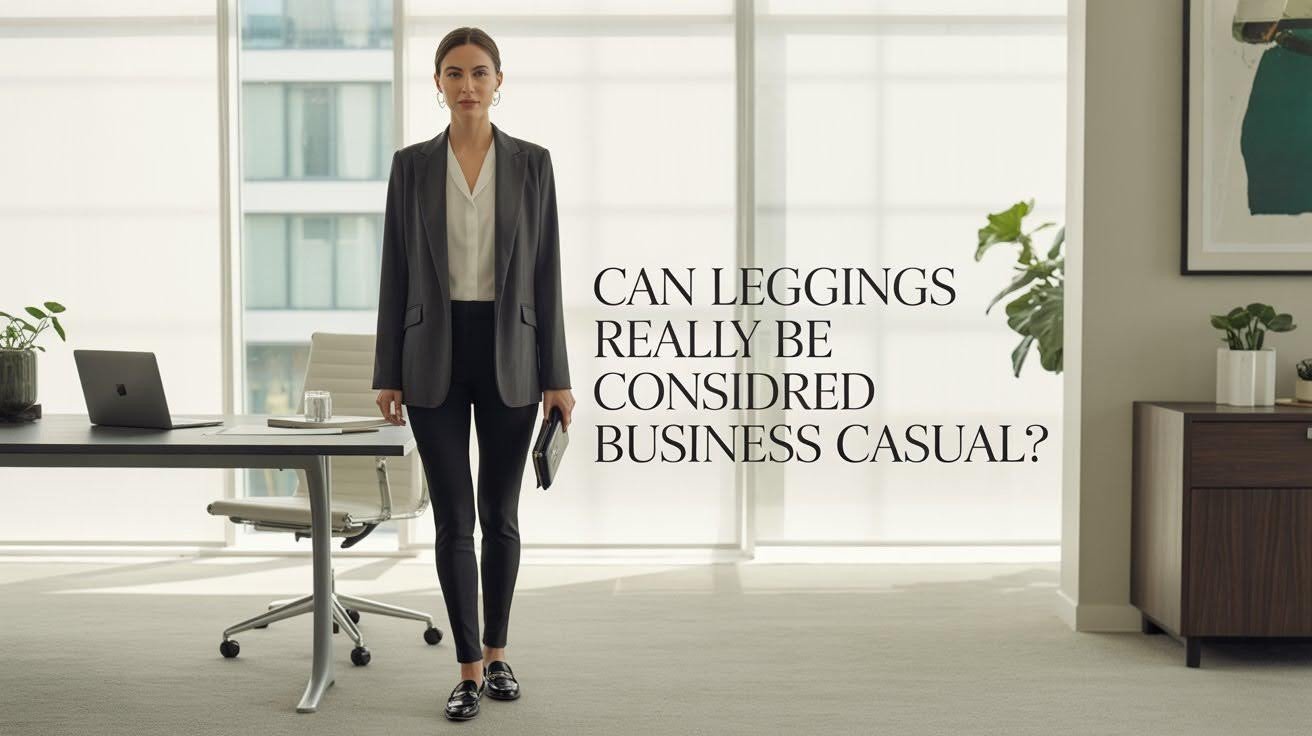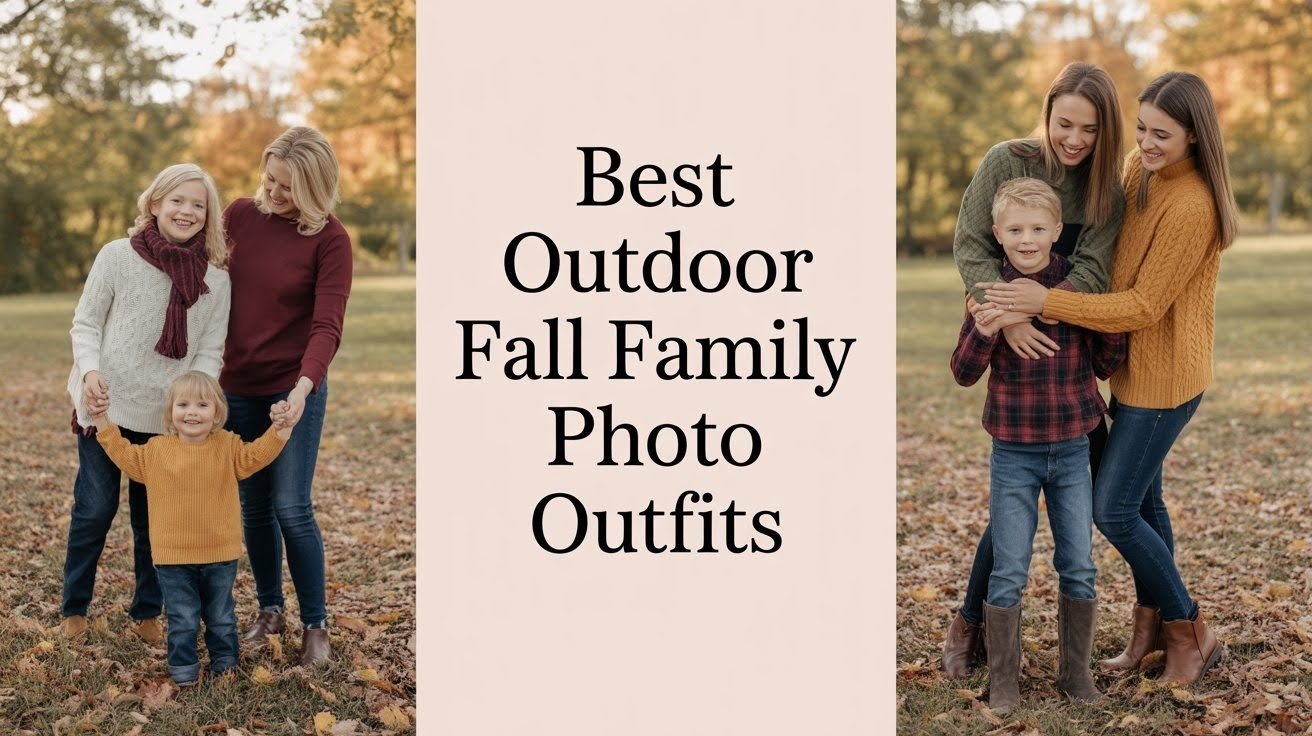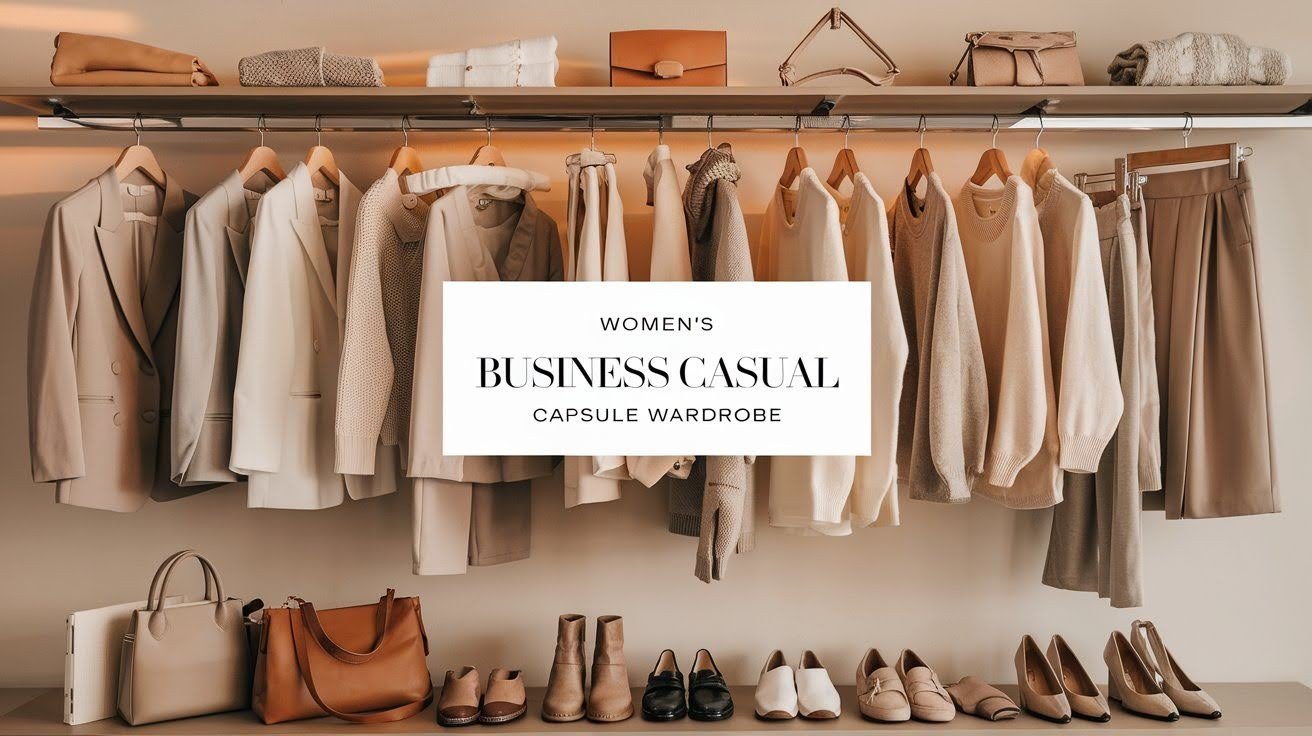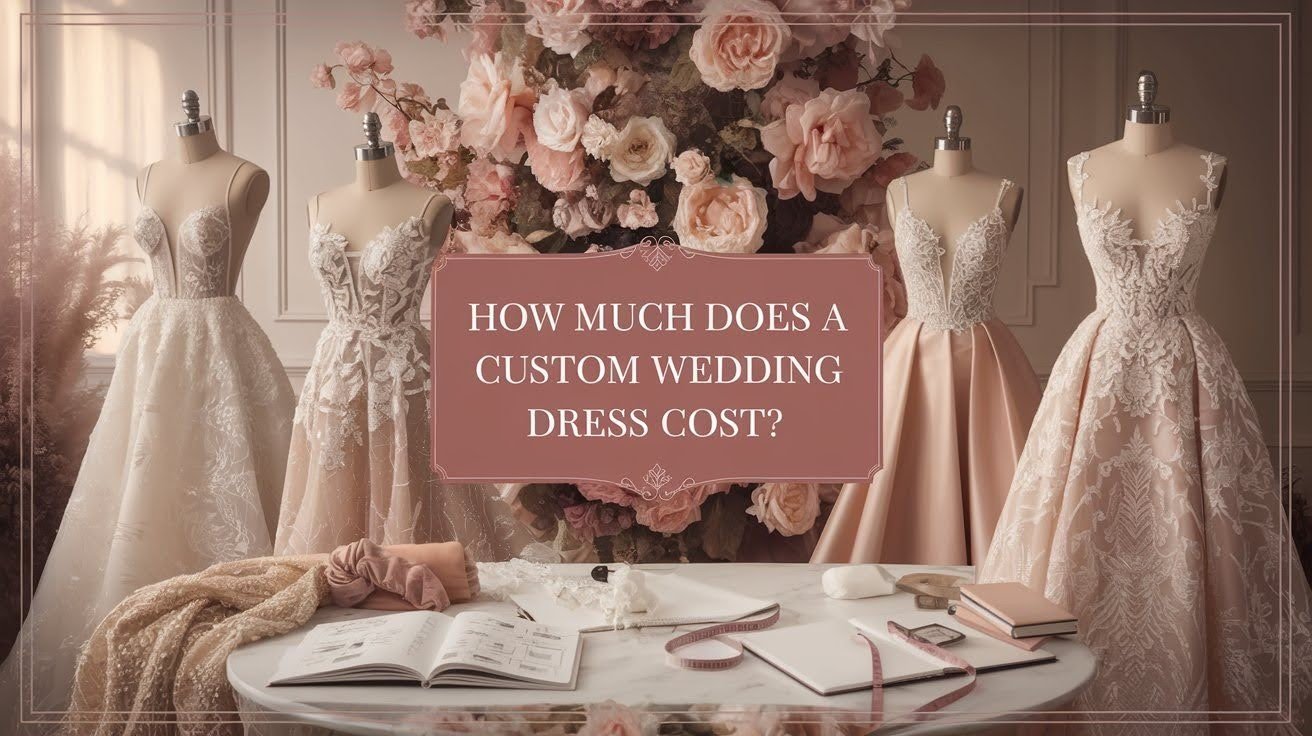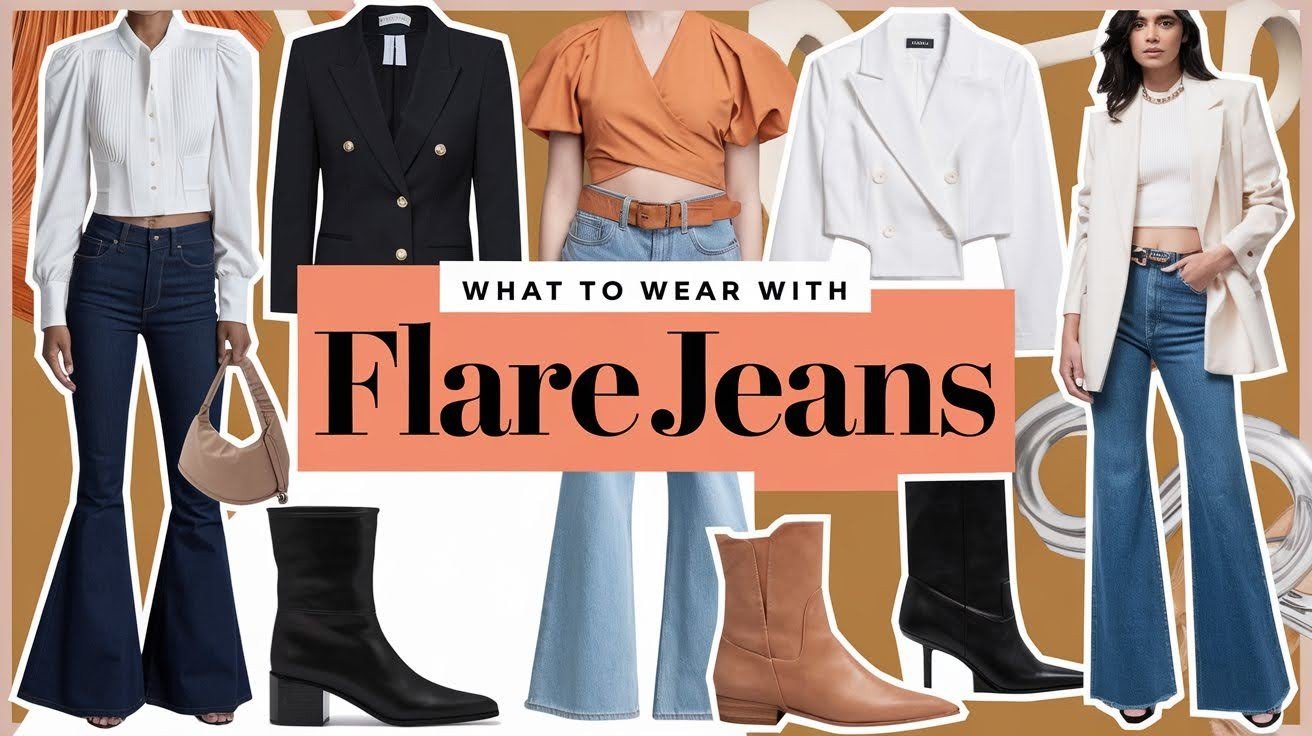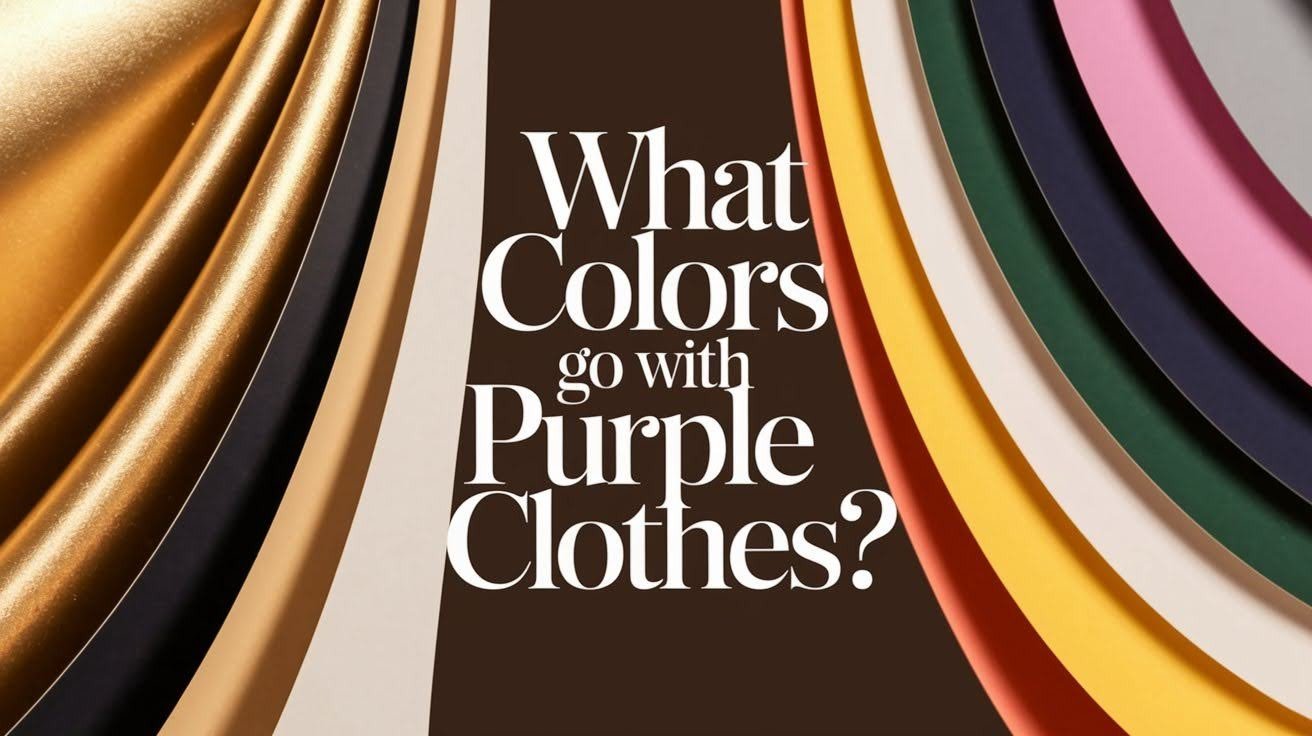Having spent years observing fashion cycles and subcultures, I’ve watched indie fashion evolve from a niche music scene aesthetic into one of today’s most compelling style movements.
This non-mainstream approach to dressing prioritizes authentic self-expression over following popular trends, creating looks that feel genuinely personal rather than mass-produced.
What fascinates me most about indie fashion is its deep connection to music culture and DIY principles-values that originated in independent music scenes where creativity and authenticity mattered more than commercial success.
Today, I’m seeing a remarkable cultural revival among Gen Z, who are embracing this philosophy as a refreshing alternative to fast fashion and social media uniformity.
They’re proving that true style comes from within, not from what influencers dictate we should wear.
What Is Indie Fashion?

An independent fashion movement emphasizing personal creativity, vintage aesthetics, and authentic self-expression over mainstream commercial trends.
Definition and Core Philosophy
Indie fashion represents a style movement deeply rooted in individuality, creativity, and deliberate non-conformity to mainstream trends.
This approach to dressing emphasizes personal expression over commercial appeal, encouraging people to curate looks that reflect their authentic selves rather than copying what’s currently popular.
The philosophy centers around rejecting mass-market fashion in favor of unique pieces that tell a story.
The movement maintains strong ties to independent music culture, where artists and fans alike valued authenticity over commercial success.
Vintage clothing and thrift culture play essential roles, as indie fashion enthusiasts often seek out one-of-a-kind pieces from past decades rather than purchasing new items from major retailers.
This connection to secondhand fashion aligns with both the aesthetic preference for unique items and the ethical stance against fast fashion consumption.
Key Influences
- Indie music bands like Arctic Monkeys, The Strokes, and Florence + The Machine serving as style inspirations
- Boho subculture contributing flowing fabrics, earthy tones, and free-spirited aesthetics
- Twee culture adding vintage-inspired feminine pieces and nostalgic charm
- Indie sleaze movement bringing deliberately messy glamour and effortless cool
- Hipster influences emphasizing ironic vintage finds and anti-mainstream attitudes
- Digital platforms like MySpace, Tumblr, and early Instagram providing spaces for authentic style sharing
- Independent music culture valuing authenticity over commercial success
- Vintage and thrift culture promoting unique, sustainable fashion choices
The Evolution of Indie Fashion

Tracing indie fashion’s development from early 2000s MySpace culture through twee aesthetics to today’s TikTok-driven revival movements.
Early 2000s : The Birth of the Aesthetic
The early 2000s marked the foundational period for indie fashion, characterized by the rise of American Apparel’s minimalist basics and the MySpace-era style that prioritized authenticity over polish.
This period saw young people rejecting mainstream mall fashion in favor of more personal, expressive choices that reflected their musical tastes and cultural values.
Festival fashion played a crucial role during this time, as music festivals became breeding grounds for experimental style mixing.
DIY fashion blogging emerged as fans began documenting their thrift finds and creative outfit combinations online, creating the first wave of independent fashion content that existed outside traditional fashion media channels.
2010s : Twee and Hipster Influence
The 2010s brought a more refined, whimsical approach to indie fashion through the twee movement, which embraced quirky, vintage-inspired outfits featuring Peter Pan collars, colored tights, and childlike accessories.
This aesthetic celebrated femininity while maintaining the indie ethos of rejecting mainstream fashion norms.
Aesthetic icons like Zooey Deschanel and young fashion blogger Tavi Gevinson became symbols of this era, demonstrating how indie fashion could be both accessible and aspirational.
Their influence helped establish indie fashion as a legitimate alternative to conventional style, inspiring countless followers to embrace vintage pieces and create their own unique interpretations of the aesthetic.
2020s : Indie Revival and Indie Sleaze
The 2020s have witnessed a fascinating revival of indie fashion, particularly through the indie sleaze movement that combines grunge elements with glamorous touches.
This current iteration features ripped tights, flash photography aesthetics, and deliberately smudgy makeup that creates an effortlessly cool, slightly disheveled appearance.
Internet nostalgia has driven much of this revival, with TikTok serving as the primary platform for indie sleaze and related microtrends.
Young creators are rediscovering and reinterpreting early 2000s indie aesthetics, creating new variations that speak to contemporary values while honoring the movement’s authentic, anti-mainstream origins.
Visual and Style Elements of Indie Fashion

Clothing Staples
Indie fashion centers on versatile essentials like skinny jeans paired with oversized cardigans and flannel shirts for balanced proportions.
Band tees connect the style to music culture, while babydoll dresses add vintage femininity.
American Apparel basics provide simple foundations, complemented by ripped tights, denim cutoffs, and slouchy layers that create the movement’s signature effortless appearance.
Accessories & Footwear
Key accessories include chunky scarves for visual weight, beanies for casual cool, and wayfarer sunglasses for vintage sophistication.
Fringe bags add a bohemian texture while footwear varies between Doc Martens for edge, Converse for authenticity, and ballet flats for feminine touches, allowing personal expression within the indie framework.
Color Palette & Patterns
The indie palette favors muted tones like gray, burgundy, and olive with strategic pops of brighter colors.
Common patterns include stripes, polka dots, florals, and plaid, often mixed creatively to demonstrate individual style while maintaining visual harmony and the aesthetic’s sophisticated, understated foundation.
Where to Shop the Indie Look

Essential shopping destinations for authentic indie pieces, from sustainable thrift stores to independent brands and online platforms.
Thrift and Vintage Stores
Thrift and vintage stores form the backbone of authentic indie fashion shopping, aligning perfectly with the movement’s emphasis on secondhand and sustainable finds.
These venues offer unique pieces that can’t be found in mainstream retail, allowing indie fashion enthusiasts to create truly individual looks while supporting environmental consciousness.
The thrill of hunting for one-of-a-kind vintage band tees, retro cardigans, and classic denim pieces embodies the DIY spirit that defines indie culture.
Shopping secondhand also ensures your style remains authentically anti-mainstream, as you’re unlikely to encounter someone wearing the same mass-produced item.
Indie Brands and Staples
While thrifting remains primary, certain brands have become synonymous with indie fashion aesthetics.
Urban Outfitters captured the indie market by curating vintage-inspired pieces and supporting emerging designers, though purists often debate its mainstream status.
Online platforms like Depop and Etsy shops provide access to independent sellers offering both vintage finds and handmade items that align with indie values.
American Apparel during its original era became iconic for providing high-quality basics that served as perfect canvases for indie styling, though the brand’s legacy continues to influence contemporary indie fashion choices.
Why Indie Fashion Still Matters Today
- Embraces authentic self-expression and personal taste over conformity to mainstream trends and influencer dictates
- Serves as a powerful pushback against fast fashion by promoting sustainable consumption through thrift shopping and vintage finds
- Successfully blends nostalgia with individuality, allowing people to connect with music, art, and cultural movements through fashion
- Uses clothing as a form of storytelling rather than surface-level decoration, maintaining substance in an increasingly superficial landscape
- Provides a meaningful alternative to social media-driven uniform aesthetics while supporting independent creators over major corporations
Conclusion
After years of watching fashion trends come and go, I’ve come to appreciate that indie fashion represents something far more significant than just another aesthetic-it’s fundamentally about adopting a mindset that values authenticity over popularity.
What I find most compelling about this movement is how it encourages people to experiment with mixing, layering, and expressing their creative identity without fear of judgment or failure.
The enduring appeal of indie fashion lies precisely in its freedom from rigid rules, its commitment to authenticity, and that timeless edge that never feels dated.
I’ve seen clients transform not just their wardrobes but their confidence when they stop chasing trends and start curating pieces that genuinely reflect who they are.
In a world of fast fashion and social media pressure, indie fashion offers something increasingly rare: the permission to be yourself.
Frequently Asked Questions
Is indie fashion expensive to achieve?
Not at all – indie fashion actually emphasizes thrift shopping, vintage finds, and secondhand pieces over expensive designer items. The focus on creativity and personal expression means you can create authentic indie looks on any budget.
Can I mix indie fashion with other styles?
Absolutely! Indie fashion encourages experimentation and personal expression, making it perfect for mixing with other aesthetics. The key is maintaining the authentic, non-conformist spirit while incorporating elements that reflect your individual taste.
What’s the difference between indie fashion and hipster style?
While hipster style focuses more on irony and being deliberately alternative, indie fashion emphasizes genuine self-expression and creativity. Indie fashion is less concerned with being cool or different and more focused on authentic personal style.
Do I need to listen to indie music to wear indie fashion?
No, you don’t need to be connected to the music scene to appreciate indie fashion aesthetics. While the style has roots in indie music culture, it’s evolved into a broader movement about individuality and creative expression.
How do I start building an indie wardrobe?
Begin with thrift shopping for unique pieces like vintage band tees, oversized cardigans, and classic denim. Focus on building a foundation of versatile basics that you can mix, layer, and style in creative ways that reflect your personality.

